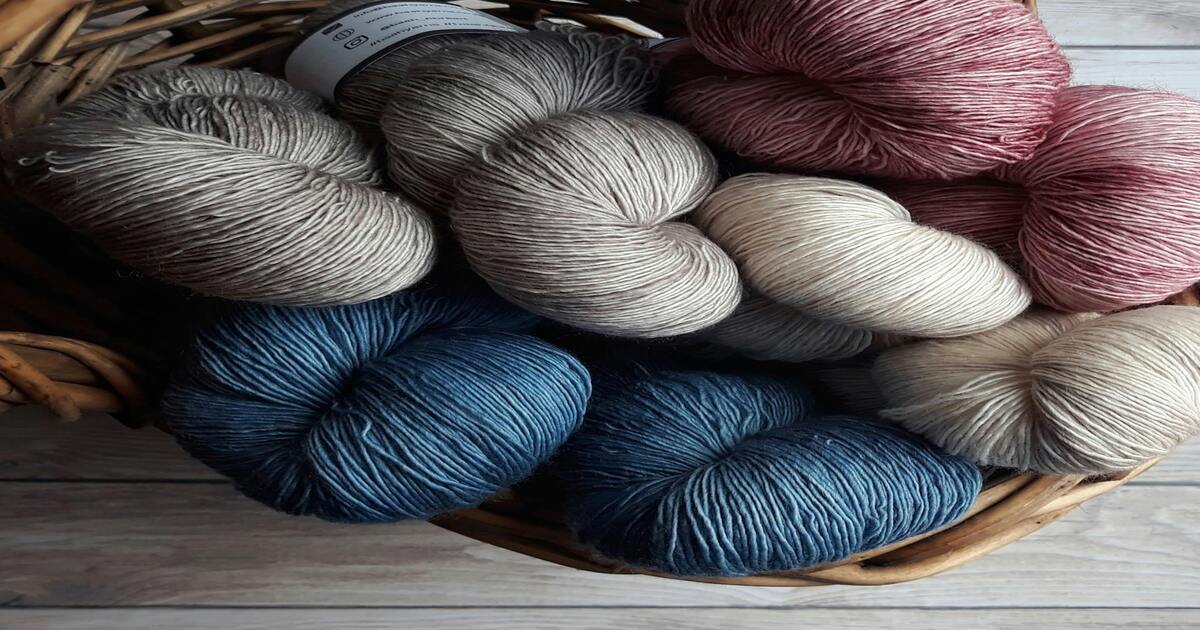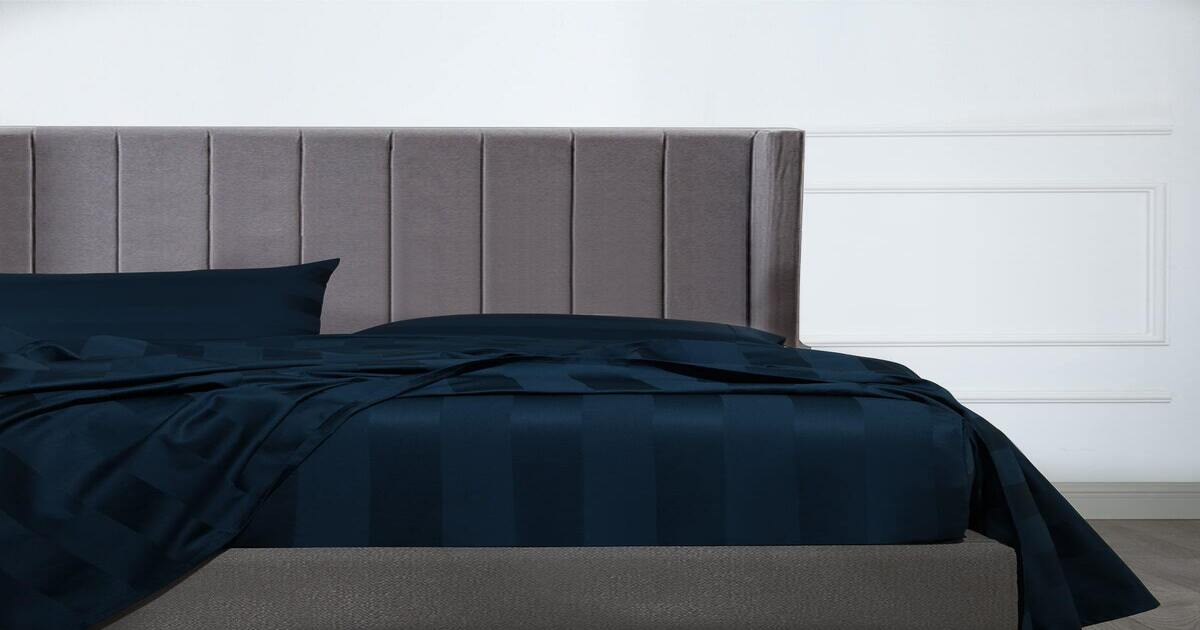What Is Egyptian Cotton and How Is It Different from Regular Cotton?
Author: Manchester Collection Date Posted:24 June 2024

For many people, cotton is the top choice when it comes to bedding material. However, it’s not enough to know that you prefer cotton if you are looking for ideal bedding for you. There are different types of cotton fabrics, each with its own unique properties. One of those is Egyptian cotton. So, what is Egyptian cotton, and how is it different from regular cotton? Let’s talk about it in detail, starting with regular cotton.
What Is Regular Cotton?
Regular cotton is the most common type of cotton used in textile production and is derived from the Gossypium hirsutum plant, commonly also known as upland or Mexican cotton. This species is widely cultivated around the world, particularly in the United States, India, and China. It is one of the most universal textiles and is used for many products, from bedding and clothing to coffee filters and fishing nets. It is grown using conventional farming methods, which can include the use of synthetic pesticides and fertilisers, although organic options are available.
Then, What Is Egyptian Cotton?
Egyptian cotton is a premium type of cotton fabric that is derived from the Gossypium barbadense plant, a special species of cotton, and can only be cultivated in certain regions of the world; namely, Egypt and some areas of Sudan that were previously a part of Egypt. Besides Egyptian cotton, Pima and Supima cotton are also derived from the Gossypium barbadense species.
Like Egyptian, Pima and Supima cotton are also premium types that can only be grown in certain regions and require special cultivation techniques. Gossypium barbadense accounts for only about 5% of the world’s cotton production, and Egyptian cotton makes up only a part of that. Thus, products made from these types of cotton fabrics are much less common.
The Differences Between Egyptian and Regular Cotton
Above, we’ve talked about regular cotton in general terms and explained what Egyptian cotton is. Now, let’s delve deep into the details so that you can truly understand the differences and the special characteristics of Egyptian cotton.
1. Origin and Cultivation
The origin and cultivation of Egyptian and regular cotton are key factors that contribute to their differences. As was stated, regular cotton can be grown anywhere, while Egyptian cotton only comes from Egypt and areas that were once Egypt. The unique, nutrient-rich soil in these regions provides ideal conditions for producing high-quality cotton. Egyptian cotton also benefits from the long, hot, and dry growing season in Egypt.
The region-specific cultivation of Egyptian cotton is highly regulated - organisations like the Cotton Egypt Association give accreditation to manufacturers that allow them to use the term ‘Egyptian cotton’. The end result is that bedding or any other product made from Egyptian cotton is smoother, softer, and more durable than products made from regular cotton, all other factors being equal.
2. Harvesting
The harvesting process is another factor that adds to the difference between Egyptian and regular cotton. Regular cotton is mostly machine-harvested, while Egyptian cotton is typically hand-picked. When cotton is picked by machines, the fibres are easily torn and broken, while the more delicate process of hand-picking results in straighter and fewer broken fibres, which contributes to the quality of the fabric.
And while on the topic of cotton fibres, we need to talk about one of the most important factors - fibre length.
3. Fibre Length
Fibre length is a crucial element that affects the quality of cotton fabric. It plays a significant role in determining the strength, softness, and durability of the fabric. In general, longer fibres are preferred for producing high-quality cotton textiles because they create smoother, stronger, and more uniform yarns. The length of cotton fibres is measured using a classification system known as ‘staple length’.
Egyptian cotton is renowned for its extra-long staple fibres, typically longer than 24mm. These longer fibres produce finer yarns with fewer splices, resulting in smoother and more lustrous fabrics. On the other hand, regular cotton typically has shorter staple fibres, ranging from 6mm to 24mm in length. While shorter fibres can still produce quality fabrics, they may be prone to pilling and breakage over time.
The Quality and Texture of Cotton Fabric

When discussing the quality of cotton bedding, many people focus purely on thread count. However, that’s not the best way to go about it. If you are wondering - what is a good thread count for sheets? - there is no universal answer. Thread count refers to the number of vertical and horizontal threads woven in a specific area of a fabric. Thus, fabric with a higher thread count will be denser.
While this is generally considered a positive aspect, as fabric with a higher thread count is more durable and tends to feel softer, you don’t always want your fabric to be denser. Why? Well, a higher thread count also means that the fabric is less breathable and retains more warmth, which is not something you would want for summer bedding, would you?
Thus, thread count should be a situational consideration, it is much better to assess the quality of cotton fabric based on the other characteristics we discussed above - the cotton species, origin, harvesting, and fibre length. Egyptian cotton, with its extra-long staple fibres and specialised growing conditions, is known for producing exceptionally soft, smooth, and luxurious fabrics. These yarns are finer and more uniform, resulting in a fabric with a silky texture and superior drape.
In contrast, regular cotton, with its shorter staple fibres and more widespread cultivation, tends to produce fabrics that are less refined in texture. Regular cotton can still be soft and comfortable, it just may not have the same level of smoothness and lustre as Egyptian cotton. Additionally, the quality of regular cotton fabric can vary depending on factors such as the specific variety of the cotton plant, growing conditions, and manufacturing processes.
In short, when comparing Egyptian and regular cotton fabrics side by side, the difference in quality and texture is often noticeable. Egyptian cotton bedding is prized for its luxurious feel and durability, making it the preferred choice for people who value comfort and elegance in their linens.
Price Comparison
Finally, we also need to mention the price difference, and you can likely guess how they compare. All else being equal, Egyptian cotton is more expensive than regular cotton, which is its main downside.
Where Can You Get High-Quality Cotton Sheets?
We started out this article with the questions - what is Egyptian cotton and how is it different from regular cotton? Hopefully, the question was answered clearly, but we have just one more thing to add. If you are looking for high-quality bedding, take a look at our range of bed sheets.
At Manchester Collection, we offer bed sheets in many different dimensions and sizes, all made from premium materials, and you are free to choose your preferred thread count. You will also find premier Egyptian cotton sheets at affordable prices.
So place your order online or visit a store near you to feel the quality for yourself. In case you have any questions, please contact us, we will gladly offer assistance.
